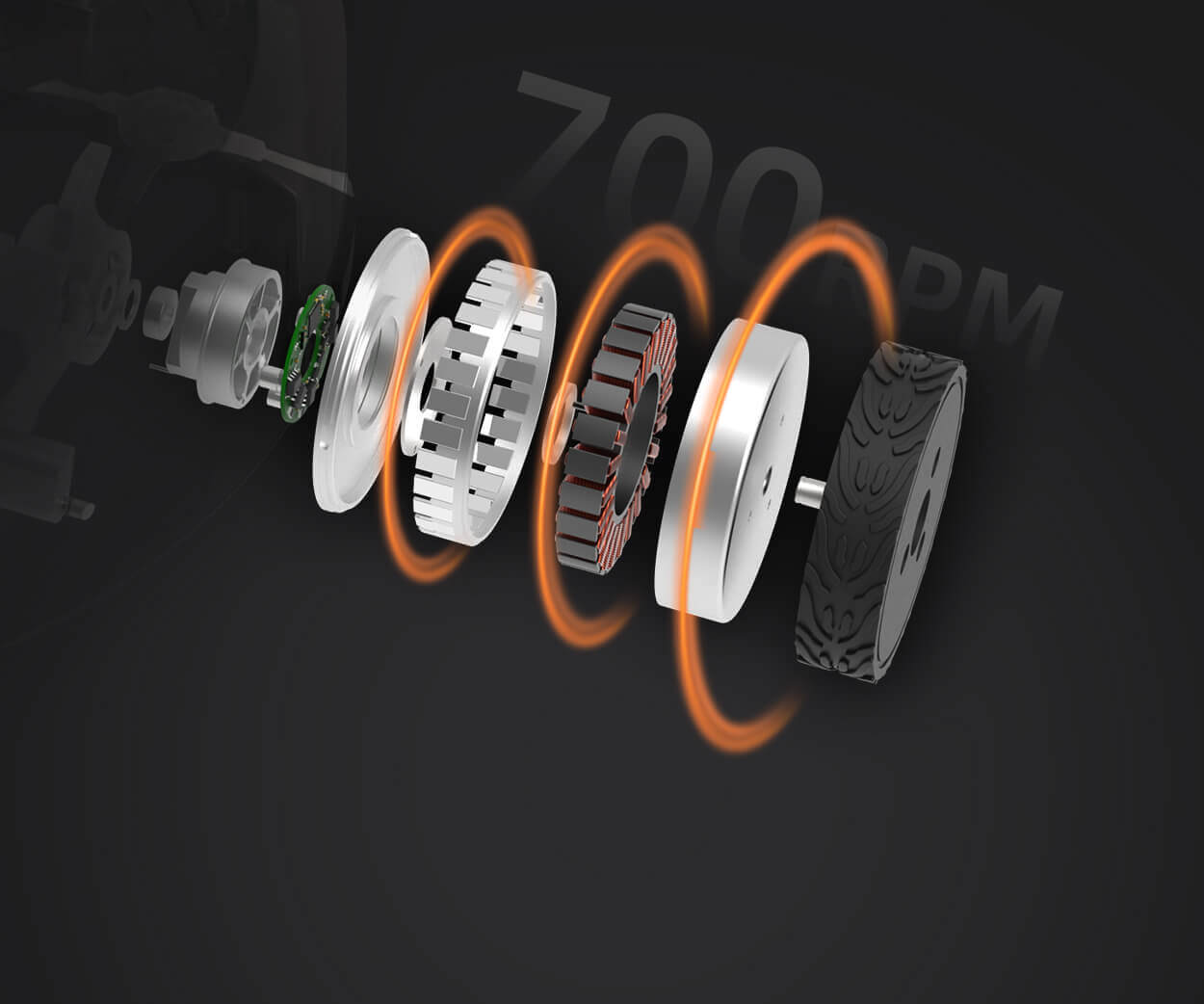Understanding DC Geared Motors: A Fusion of Power and Precision
In the realm of modern machinery and robotics, DC geared motors stand out as essential components that blend raw electrical power with mechanical finesse. They serve as the backbone of countless applications ranging from small-scale automation to large industrial systems. But what truly makes these motors indispensable is their ability to deliver high torque at low speeds, thanks to their integrated gear reduction systems. Before diving into the nitty-gritty of technical data, it’s important to appreciate the fundamental role these motors play.

What Is a DC Geared Motor?
A DC geared motor combines a direct current (DC) motor with a gear train—also known as a gear reducer. The primary function of this setup is to convert high rotational speeds into lower, more manageable speeds while multiplying torque. This design allows for precise control of movement and force, which is key in applications like robotics, conveyor belts, electric bicycles, and medical devices.
The core components of a DC geared motor include the stator (stationary part), rotor (rotating part), brushes, commutator, and the gear train. The gear assembly — often composed of spur gears, planetary gears, or worm gears — is meticulously chosen based on the desired output characteristics such as torque, speed, and size.
Why Do Technical Data Matter?
Understanding and analyzing the technical specifications of DC geared motors is critical to matching the right motor to your application’s needs. The nuances in their specifications impact overall performance, efficiency, lifespan, and operational costs. Many industries rely heavily on these parameters for troubleshooting, optimization, and product design.
For engineers and designers, technical data like torque ratings, RPMs (revolutions per minute), gear ratios, power consumption, efficiency rates, and mechanical dimensions serve as the language to communicate about these powerful components. Knowing these details helps prevent over-engineering or underperforming, ensuring the motor will operate safely and efficiently for its intended application.
Core Technical Parameters of DC Geared Motors
Rated Voltage and Power: These are fundamental specifications. The rated voltage (often 6V, 12V, 24V, or higher for industrial models) determines the electrical input needed for optimal operation. Power ratings, usually expressed in watts (W), reflect the energy capacity of the motor, influencing how much work it can perform.
Torque: Measured in Newton-meters (Nm) or ounce-inches (oz-in), torque indicates the rotational force. High torque ratings are vital for applications requiring heavy lifting or motion starting under load conditions.
Speed (RPM): Revolutions per minute reveal how fast the motor shaft spins without load. Given that gear reduction significantly lowers this speed, the final output RPM is a critical design consideration—especially in robotics, where precise control over movement is needed.
Gear Ratio: The gear ratio describes how many times the motor turns relative to the output shaft. For example, a 100:1 ratio means the motor must rotate 100 times to produce one rotation at the output. This factor directly influences torque increase and speed reduction, shaping the motor’s suitability for specific tasks.
Efficiency: Mechanical and electrical efficiency percentages tell how effectively the motor converts electrical energy into mechanical rotation. Higher efficiency equates to lower energy consumption and less heat generation.
Current Draw: Defines the amount of current the motor consumes at rated voltage, essential for power supply design, thermal management, and battery life predictions—especially in portable or battery-powered applications.
Mechanical Dimensions: Physical size, mounting hole placement, shaft diameter, and overall weight are vital for ensuring compatibility within existing product designs.
Life Expectancy and Durability: Durability is often measured by mean time between failures (MTBF), hours of operation, or cycles. This data guides maintenance schedules and warranty considerations.
This foundational understanding paves the way for considering specific technical characteristics tailored to particular use-cases. From lightweight hobby projects to heavy-duty industrial tasks, the technical data of DC geared motors guides the choice toward optimal performance and longevity.
Established in 2005, Kpower has been dedicated to a professional compact motion unit manufacturer, headquartered in Dongguan, Guangdong Province, China.




































